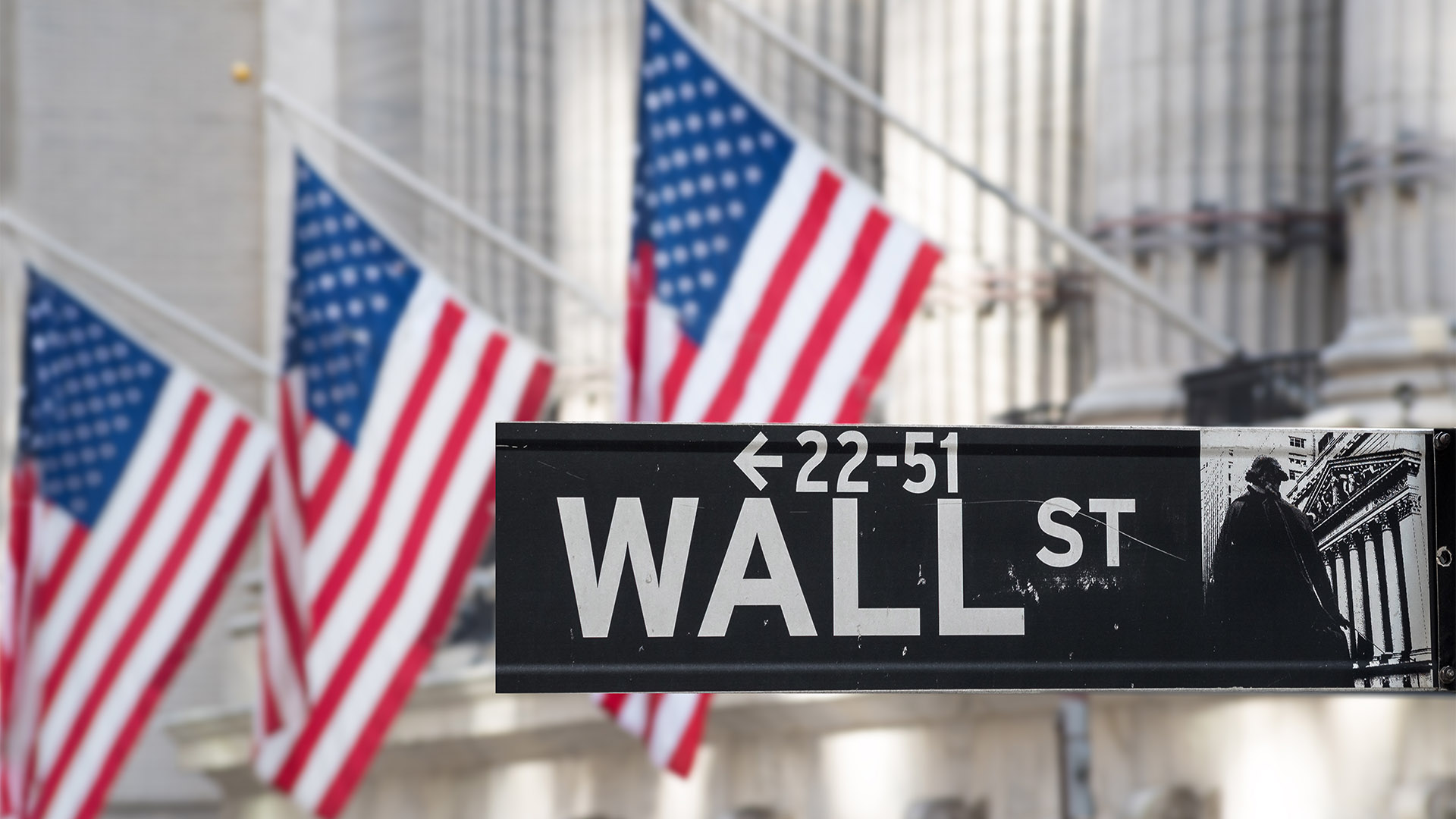U.S. investors largely ignored the roaring comeback in Chinese and other Asian markets on Friday.
Chinese markets ended their best week since 2008, boosted by a series of stimulus measures rolled out in China from Tuesday onward. In contrast, Wall Street meandered, fretting and ultimately making little progress, except for a modest record-breaking close for the Dow, which rose 137.89 points to end at a record 42,313.00.
The S&P 500 eased by 7.20 points to 5,738.17, but still closed out its third straight winning week and its sixth in the last seven. Meanwhile, the Nasdaq lost 70.70 points to 18,119.59.
For the week, the Dow was up 0.6%, the S&P 500 added 0.46%, and the Nasdaq gained nearly 0.7%—modest gains, but not particularly inspiring, suggesting that a weak week might lie ahead.
Overseas markets made bigger moves. Stocks in Shanghai rallied 2.9%, closing out their best week since 2008, with the CSI 300 index rising more than 15%.
Hong Kong’s Hang Seng Index jumped 3.6%, capping its best week since the Asian financial crisis in 1998 with a gain of more than 13%.
Yet self-absorbed U.S. investors were more preoccupied with concerns about AI demand, economic activity, the impact of the hurricane in the southeastern U.S., a looming port strike set to begin Tuesday that could stifle the economy, and ongoing worries about the broader economic outlook.
Many of these concerns were just talking points. Last week’s economic data, in particular, confirmed that inflation is now under control and supportive of at least one more rate cut from the Fed. The U.S. economy has also proven stronger for longer than previously understood, following significant revisions to spending, income, and growth data.
The August inflation data, favored by the Fed, came in slightly better than forecast, which should have signaled a bullish sentiment for equities. Instead, trading remained fitful throughout the day.
Perhaps Wall Street investors wondered if China’s stimulus and the resulting market surge would prompt the Fed to reconsider both the size and frequency of future rate cuts. That’s something to keep in mind.
Data from last week confirmed that the U.S. economy grew by 3% in the three months ending in June, up from 1.6% in the previous quarter. This was little different from the 2.9% growth in 2023, following revisions from 2.5% in Thursday’s data release. Given the Fed’s recent 0.5% rate cut nearly two weeks ago, the economy may not need another rate cut anytime soon.
In the bond market, the yield on the 10-year U.S. Treasury bond eased to 3.75% from 3.80% on Thursday. The two-year Treasury yield, which moves more closely with expectations for short-term rate decisions by the Fed, fell to 3.56% from 3.63%.
The U.S. dollar eased slightly, while the Australian dollar ended just above 69 U.S. cents, gaining 1.4% for the week.
And then there were two. Thursday saw Nvidia re-enter the $3 trillion club, but by Friday, it slipped back to $2.98 trillion, despite the stock being up 4.8% for the week. The culprit? A 2%-plus drop on Friday due to concerns about AI and profitability.
Apple remains on top with a market capitalization of $3.46 trillion, followed by Microsoft at $3.18 trillion. Apple shares rose 0.28%, while Microsoft shares fell 1.45%.














